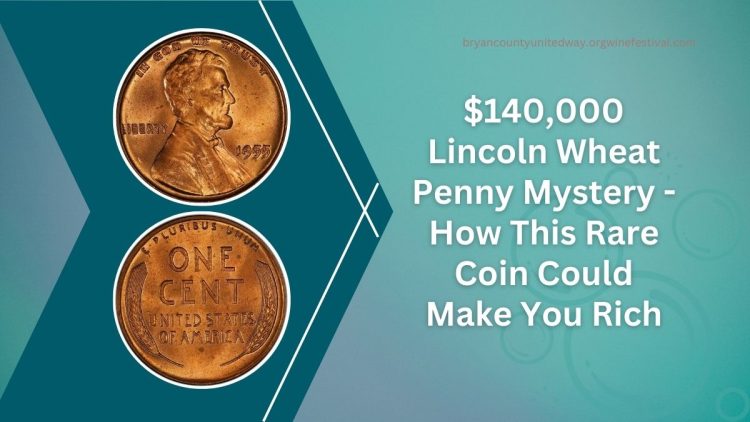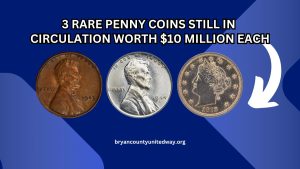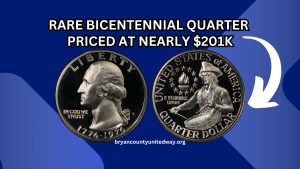Imagine finding a penny worth $140,000 in your pocket change! The 1943 copper Lincoln Wheat penny is one such treasure, captivating coin collectors and enthusiasts alike. This article delves into the origins, rarity, identification methods, and the potential value of this elusive coin.
The 1943 Copper Lincoln Wheat Penny
In 1943, during World War II, the U.S. Mint shifted from copper to zinc-coated steel for penny production to conserve copper for the war effort.
However, a few pennies were mistakenly struck on leftover copper planchets from 1942, resulting in the rare 1943 copper Lincoln Wheat penny. Approximately 20 of these coins are known to exist today, making them highly sought after by collectors.
Why Is the 1943 Copper Penny So Valuable?
Several factors contribute to the high value of the 1943 copper penny:
- Rarity: With only about 20 known specimens, its scarcity significantly boosts its value.
- Historical Significance: The coin represents a unique error during a critical period in U.S. history.
- Collector Demand: The allure of owning such a rare piece drives collectors to pay premium prices.
Identifying a 1943 Copper Penny
To determine if you have a genuine 1943 copper penny, consider the following steps:
- Check the Date and Mint Mark: Ensure the coin is dated 1943. Mint marks to look for include ‘D’ (Denver), ‘S’ (San Francisco), or no mark (Philadelphia).
- Magnet Test: Copper pennies are non-magnetic. If the coin sticks to a magnet, it’s made of steel and not the rare copper version.
- Weigh the Coin: A copper penny weighs 3.11 grams, whereas a steel penny weighs 2.7 grams. Using a precise scale can help verify the composition.
- Professional Authentication: Due to the prevalence of counterfeits, it’s advisable to have the coin authenticated by reputable grading services like the Professional Coin Grading Service (PCGS) or the Numismatic Guaranty Corporation (NGC).
Notable Discoveries and Auctions
Over the years, several 1943 copper pennies have surfaced, fetching impressive sums at auctions.
- In 2010, a 1943 copper penny sold for $1.7 million, highlighting its immense value.
- More recently, in 2019, another specimen fetched $204,000 at auction, underscoring the coin’s enduring appeal.
Potential Value Based on Condition
The condition of the coin significantly impacts its value. Here’s a general overview:
| Condition | Estimated Value Range |
|---|---|
| Good | $60,000 – $85,000 |
| Fine | $85,000 – $110,000 |
| Extremely Fine | $110,000 – $140,000 |
| Uncirculated (Mint State) | $140,000 and above |
The 1943 copper Lincoln Wheat penny remains one of the most intriguing and valuable coins in U.S. history. While the chances of finding one in circulation are slim, it’s not impossible.
Regularly checking your pennies and understanding the key identification features could potentially lead to a remarkable discovery.
FAQs
What makes the 1943 copper penny different from other 1943 pennies?
In 1943, pennies were primarily made from zinc-coated steel to conserve copper for the war effort. The 1943 copper penny resulted from a minting error where leftover copper planchets were used, making it exceptionally rare.
How can I authenticate a 1943 copper penny?
It’s best to consult professional grading services like PCGS or NGC. They can verify the coin’s authenticity and provide an official grading, which can significantly influence its value.
Are there counterfeit 1943 copper pennies?
Yes, many counterfeit versions exist. Some are steel pennies coated with copper, while others are altered 1948 pennies. Professional authentication is crucial to determine genuine specimens.




